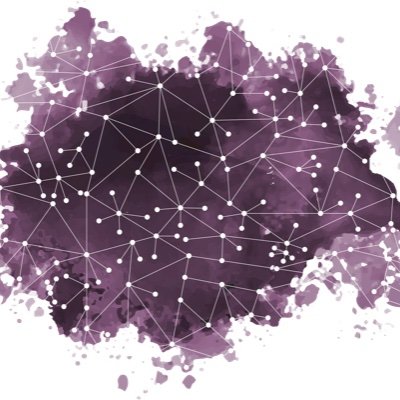Network Science
We use network science to study the collective dynamics and structural features that give rise to different rheological properties. In soft materials, the relationship between stress and deformation is generally linked to their underlying microstructure and its evolution under flowing conditions. However, these systems are commonly complex and disordered, which makes it hard to identify structural features and track their effects. Network science provides a suite of tools to help us solve this challenge. By representing the entire system of interacting particles as a network, we are able to study their collective behavior and reveal previously hidden details that link the micro and macro scales. The goal of this research is to quantify mesoscale and understand its coupling to micro and macro scales. These truly informed multiscale relationships may hold the key to design of new soft materials with rheological properties from particle microstructure.
Emergence of rigidity in particulate networks
We use well-established tools from network science community to study the topology of different particulate networks, with the ultimate goal of understanding the emergence of rigidity [and plasticity] in different colloidal networks. This approach has allowed us to predict dynamic properties, like gel elasticity, using only static information about the particle structure. We also use topological information to develop coarse-graining descriptions in line with the fractal and hierarchical nature of colloidal structures, allowing us to dynamically group these systems into networks of clusters. Many of these projects are done in collaboration with experimentalists, who pair our particle simulations with confocal imaging and analysis of real world colloidal networks. We are very excited about learning network-like features that describe physical properties of soft glassy materials. For instance we have recently developed a resilience-rigidity duality framework in attractive colloidal gels that allows for systematic study of colloidal gelation beyond experimental limits.
Networks in transition
The formation and breaking of colloidal networks are key features of their rheological response under flow. We study these dynamic processes by looking at the force networks that connect interacting particles in simulation. This has allowed us to identify the structural changes that bring about shear thickening in dense suspensions and yielding and rate-dependent rheology in colloidal gels. We use this information to study the physics that drives these processes, and to make predictions about new systems’ rheology using network analysis. With dense suspensions, we have focused on studying emergent dynamics at the force cluster scale that results in so-called discontinuous shear-thickening, and on the time-dependent stress response of different dense suspensions coupled with such dynamics.
